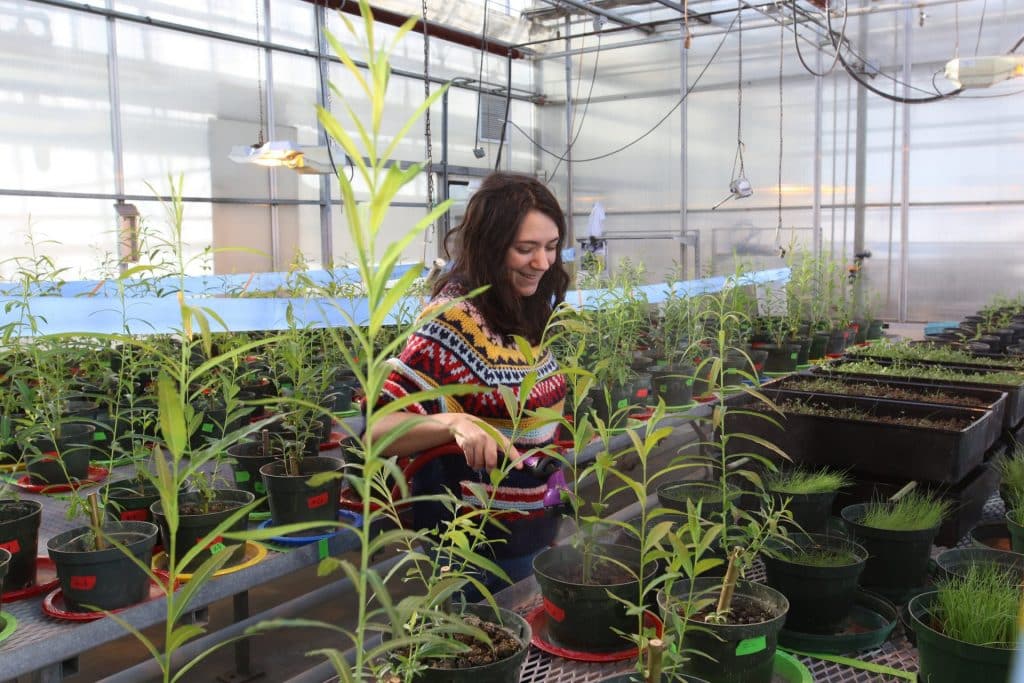Agriculture, food waste and waste management generate more CO2 than all the cars, trucks, trains, and boats in Canada. Emerging circular approaches are mitigating green house gasses (GHGs) by using composting, mushrooms, and edible insect bioreactors to transform urban agri-food waste into food or fertilizers. Microorganisms in the bioreactors affect the digestibility of agri-food residues, GHGs, and how the by-products improve soil and crop health. In a unique urban living laboratory, this project will use ‘omics technologies to better determine the key microbial consortia present in these agroecosystems and their interaction during biodegradation and production of food and by-products. Connecting different bioconversion processes with different feedstocks and waste streams, researchers will develop tools and models for bioconversion monitoring and optimization, multi-omics databases and microbial collections useful for development of products, strains, or microbial consortia. The creation of an urban circular agri-food cluster will improve the connectivity, efficiency, and efficacy of circular production of alternative whole foods and protein sources while mitigating GHG emissions and food insecurity. This approach will also be scalable and transferable to rural areas. In the pilot community of Montréal, five percent waste diversion could eliminate an estimated 450,000 tons of GHGs. In general, if Canada processes a moderate amount of agri-food waste through decentralized composting (10 percent), mushroom (five percent) or insect (five percent) farming, 220,791 tons of CO2 emissions could be avoided and around 202,000 tons of carbon could be sequestered in the soil by 2035. This would generate $71.9 million in carbon credits, $700,000 revenues from product sales and 36,000 jobs.
Genome Centre : Génome Québec

